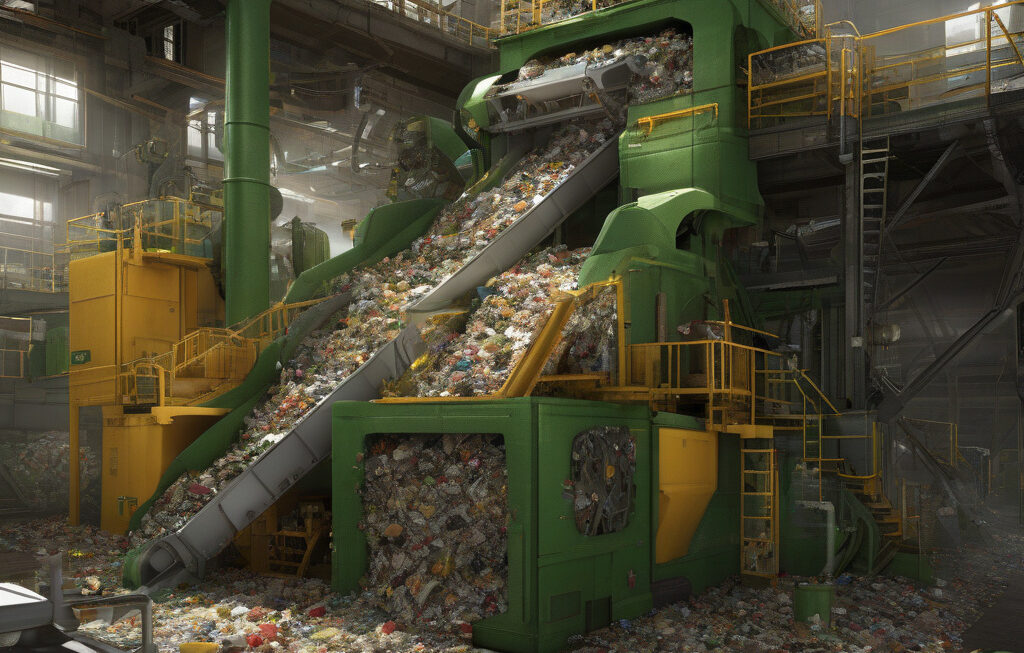Biodegradable Memory Device Survives 3,000 Bends, Dissolves in Just Three Days
Electronic waste has become one of the world’s fastest-growing environmental problems. Billions of lightweight electronic devices are discarded each year, contributing to pollution and resource depletion. In this era of technological advancement, finding sustainable solutions to tackle the issue of electronic waste is crucial. Recently, a groundbreaking innovation has emerged – a biodegradable memory device that not only functions effectively but also dissolves within just three days, offering a promising solution to the electronic waste crisis.
The innovative biodegradable memory device is designed to withstand significant wear and tear, with the ability to endure 3,000 bends before breaking down. This durability is particularly impressive considering the fragile nature of traditional electronic components. The device’s resilience makes it suitable for a wide range of applications, from consumer electronics to medical implants, where flexibility and durability are essential.
What sets this biodegradable memory device apart is its environmentally friendly nature. Unlike conventional electronics that can linger in landfills for centuries, contributing to pollution and harming ecosystems, this device breaks down rapidly when exposed to moisture. Within just three days, it dissolves completely, leaving behind no toxic residue. This feature is a game-changer in the realm of electronic waste management, offering a sustainable alternative that minimizes environmental impact.
The development of this biodegradable memory device marks a significant milestone in the ongoing efforts to create eco-friendly technology. By combining functionality with sustainability, researchers and engineers have paved the way for a new generation of electronics that prioritize environmental responsibility. As consumer demand for green products continues to rise, innovations like these are poised to revolutionize the tech industry and set new standards for eco-conscious design.
Furthermore, the biodegradable memory device serves as a testament to the power of interdisciplinary collaboration. Scientists, engineers, and environmental experts have come together to create a product that not only meets technological requirements but also aligns with sustainability goals. This holistic approach underscores the importance of considering environmental impact at every stage of product development, from design to disposal.
In addition to its environmental benefits, the biodegradable memory device also offers practical advantages. Its flexibility and durability make it an ideal choice for applications where traditional electronics may fall short. From wearable technology to IoT devices, this innovative memory device opens up new possibilities for design and functionality, demonstrating that sustainability and performance can go hand in hand.
As we look towards a more sustainable future, innovations like the biodegradable memory device provide hope and inspiration. By reimagining the way we design and manufacture electronics, we can reduce our environmental footprint and create a healthier planet for future generations. With continued research and investment in green technology, we have the opportunity to shape a world where innovation and sustainability coexist harmoniously.
In conclusion, the biodegradable memory device represents a significant step forward in the quest for sustainable electronics. Its ability to withstand bends and dissolve rapidly showcases the potential for eco-friendly innovation in the tech industry. By embracing such advancements and supporting further research in this field, we can work towards a cleaner, greener future for all.
electronic waste, biodegradable technology, sustainability, eco-friendly innovation, green technology












